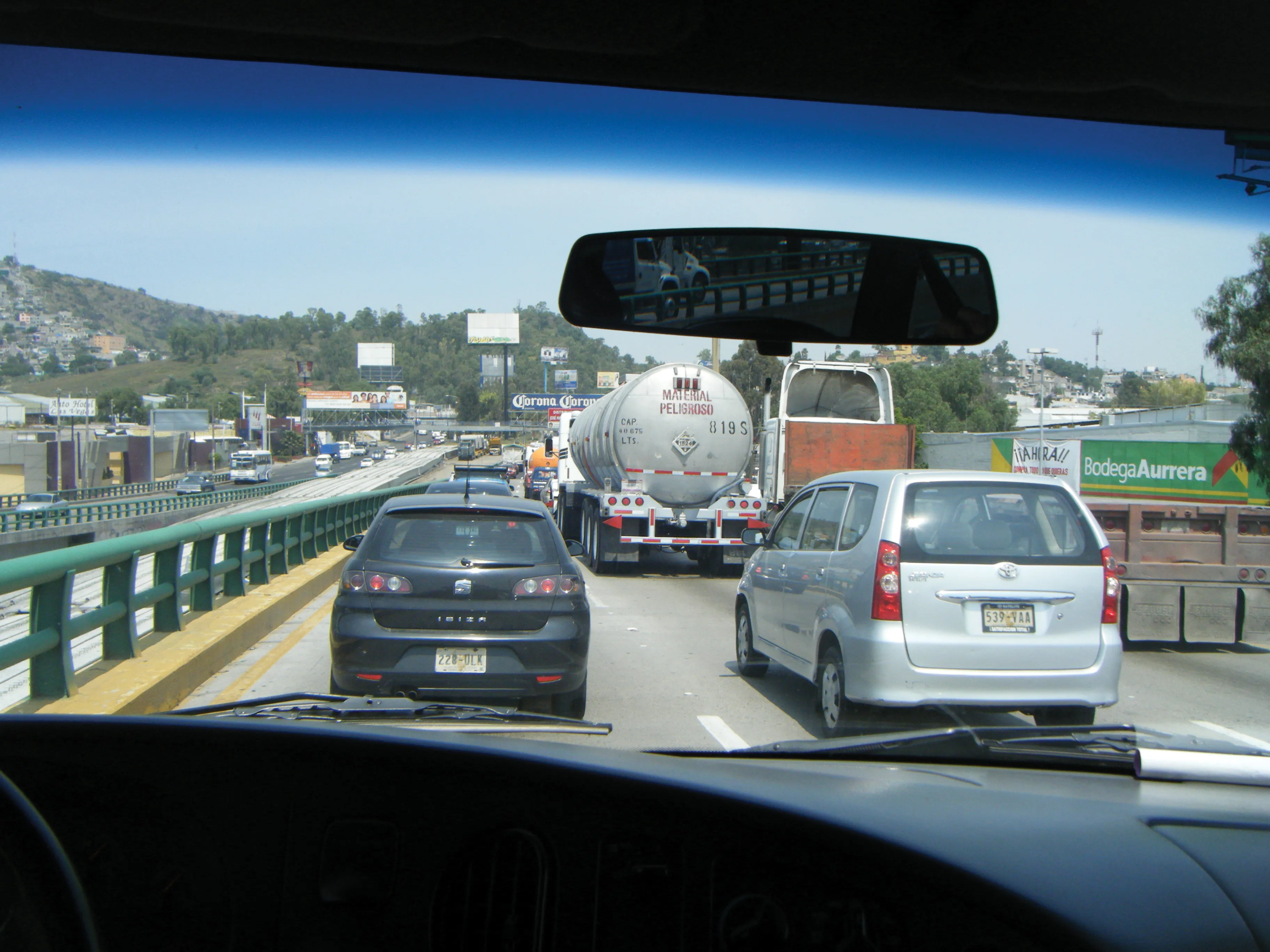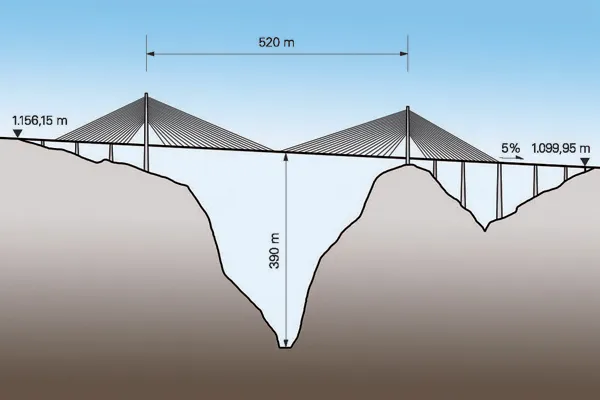The Brazilian state government of Parana has spent around US$1.73 billion on infrastructure projects over the past four years, including roads, railways, airports, ports and public buildings.
According to Jose Richa Filho, the state’s infrastructure secretary, more investments will be made by local partners and through international financing. Around $3.63 million for road works between 2015 and 2018 with fund coming from partnerships with Votorantim and Klabin.
Votorantim Group is one of the largest
January 8, 2015
Read time: 2 mins
The Brazilian state government of Parana has spent around US$1.73 billion on infrastructure projects over the past four years, including roads, railways, airports, ports and public buildings.
According to Jose Richa Filho, the state’s infrastructure secretary, more investments will be made by local partners and through international financing. Around $3.63 million for road works between 2015 and 2018 with fund coming from partnerships with Votorantim and Klabin.
Votorantim Group is one of the largest industrial conglomerates in Latin America, operating in various sectors such as finance, energy, steel as well as pulp and paper. Klabin is the biggest paper producer, exporter and recycler in Brazil.
Filho also said the2791 Inter-American Development Bank will provide around $500 million.
Planned road works include the duplication of 392km of road already under way, and a further 260km to be started this year. Around $2.85 billion will be spent through a 30-year public-private partnership for duplication of the PR-323 highway between Maringa and Francisco Alves, with work to start in the first quarter this year.
Meanwhile, only $9 billion of the nearly $53 billon budgeted by Brazil's federal government to finance urban mobility works since 2011 has been spent by states and municipalities. The funds cover metro works, bus lanes, bus rapid transit systems and light rail vehicle works.
According to Jose Richa Filho, the state’s infrastructure secretary, more investments will be made by local partners and through international financing. Around $3.63 million for road works between 2015 and 2018 with fund coming from partnerships with Votorantim and Klabin.
Votorantim Group is one of the largest industrial conglomerates in Latin America, operating in various sectors such as finance, energy, steel as well as pulp and paper. Klabin is the biggest paper producer, exporter and recycler in Brazil.
Filho also said the
Planned road works include the duplication of 392km of road already under way, and a further 260km to be started this year. Around $2.85 billion will be spent through a 30-year public-private partnership for duplication of the PR-323 highway between Maringa and Francisco Alves, with work to start in the first quarter this year.
Meanwhile, only $9 billion of the nearly $53 billon budgeted by Brazil's federal government to finance urban mobility works since 2011 has been spent by states and municipalities. The funds cover metro works, bus lanes, bus rapid transit systems and light rail vehicle works.








